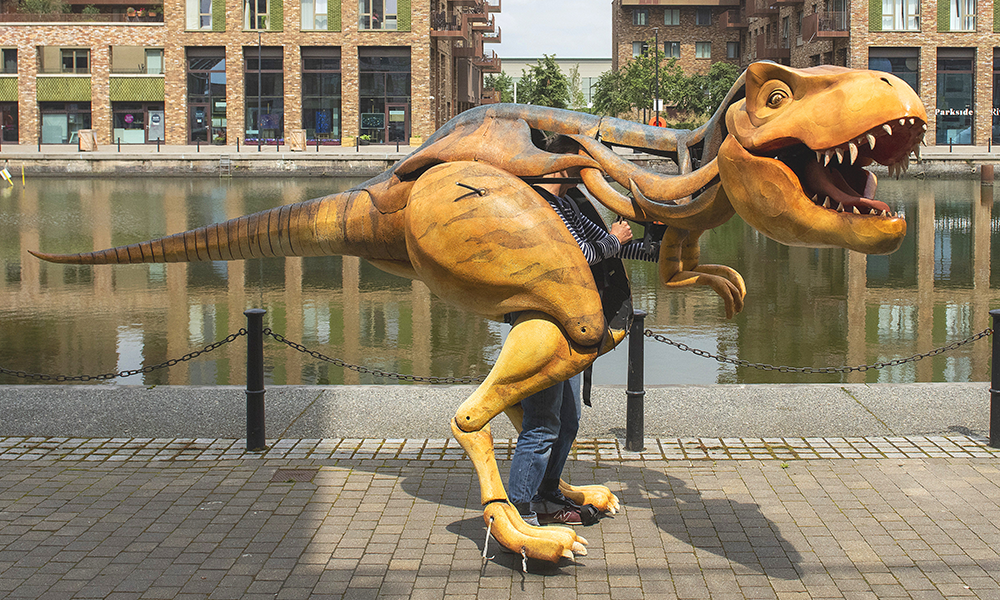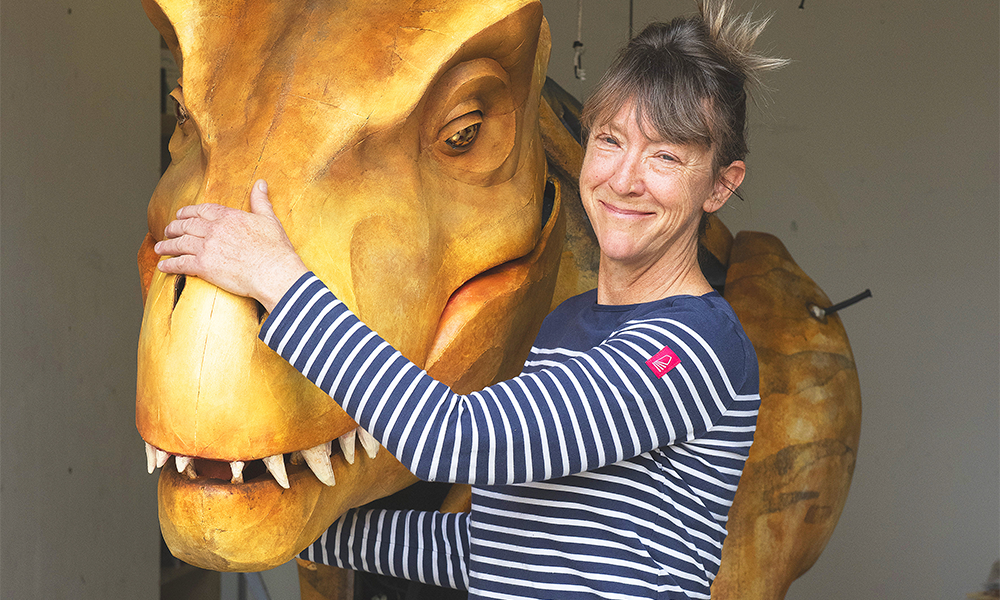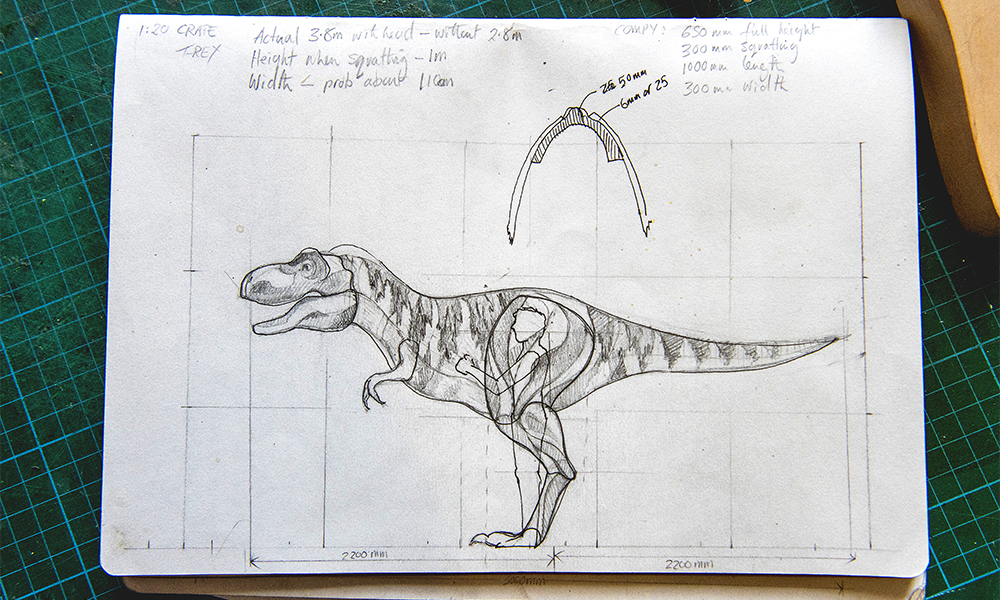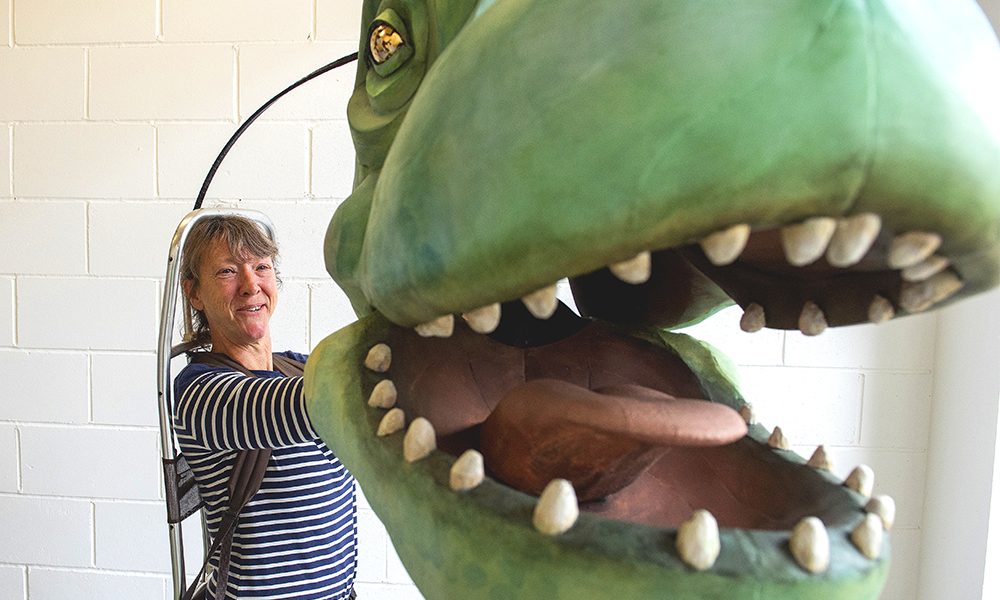Exhibition forms part of Newham Black History Month with a focus on African and Caribbean culture
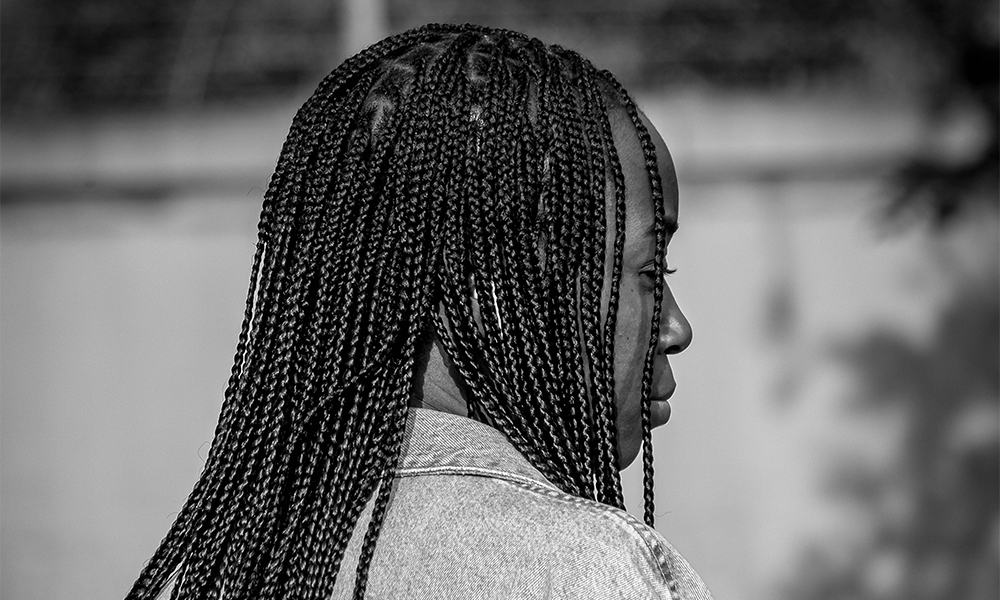
Subscribe to our free Wharf Whispers newsletter here
BY LAURA ENFIELD
The practice of combining strands of hair has been around for thousands of years. But it is about much more than creating a neat appearance.
Exhibition The Social Art of Braided Hair will showcase it as an art form and the people who design it as artists.
The show has been produced by Royal Docks collective Art In The Docks with Stratford-based social enterprise Nurture Academy.
It will be open to the public on October 18-20 and 26-27 as part of Newham Black History Month.
Matilda Russell from Art In The Docks tells us more about the people and ideas behind it.
what can visitors expect?
The Social Art of Braided Hair is a photo essay positioning the cultural and social importance of braided hair.
All of the work being shown in the exhibition is contemporary to Newham Black History Month.
Rather than images of professional models with carefully manicured hair shot in soft focus, this show centres entirely on local east Londoners, shown as they really are.
the meaning behind it?
As well as portraying braided hair as an art form and the people who wear it as living artworks, the exhibition will show the powerful social impact of braided hair.
The time spent between a mother and child braiding hair is a deeply bonding moment.
The legacy hair design remains as a visual reminder of a time spent together.
what is Art In The Docks?
We are an artist-led social enterprise in east London, committed to making art and culture accessible to people who might otherwise feel excluded.
Regular events, activities and workshops are delivered to the local communities, as well as exhibitions, dance and theatre performances. These are free and open to everyone.
what is Nurture Academy?
It’s also a social enterprise based in east London working with individuals of all ages to promote and understand the significance of braided hair.
The organisation nurtures, mentors and teaches individuals lifelong skills while unlocking confidence.
As well as working with families and young children, Nurture Academy shines a pathway into new career directions for ex-offenders and the long term unemployed.
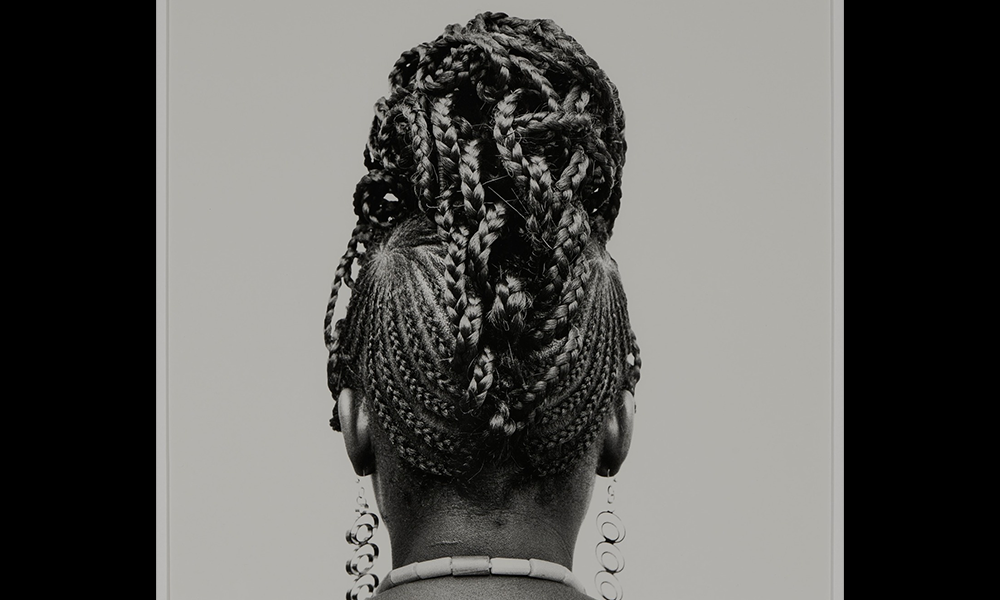
how have you worked together?
Nurture Academy promotes the understanding of braided hair, its cultural significance and the techniques used.
While braiding skills are often handed down from one generation to another and practised between siblings and friends, Nurture Academy teaches people how to optimise these techniques in workshop environments.
The exhibition will include images of these workshops, and the teaching methods used. Several of these workshops will accompany the exhibition on Saturday, October 19, 2024, and will be totally free to access.
what inspired the exhibition?
This project came about as the result of shared values between both Art In The Docks and Nurture Academy.
Both are committed to showing how the capacity for creativity fundamentally defines who we are as a civilisation.
The title of the exhibition reflects these values and highlights the importance of societal reference points.
why is it important?
Much has been said about braided hair and cultural appropriation. In the same way that tattoos are ‘not just for sailors’, exclusive title to the of art braided hair cannot today be claimed by any one section of society.
However, there is no doubt that it is deeply rooted in black African and black Caribbean culture and we have chosen this as the central theme to this exhibition.
This visual human story will be told in 22 frames, each the same size and dimension. It will centre on the people we see around us every day and invite us to stop and look, maybe to learn.
key details: The Social Art Of Braided Hair
The event runs October 18-20 and 26-27 at Art In The Docks in Royal Albert Dock, a short walk from Gallions Reach DLR station.
Find full details of the exhibition here
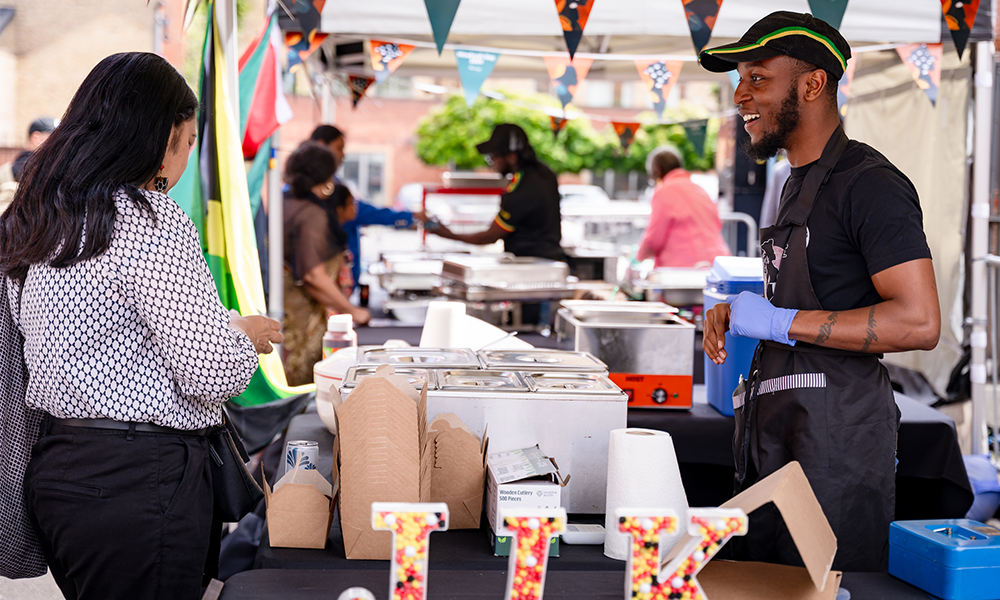
more to do during Black History Month
Newham Black History Month is here offering free talks, workshops, markets, and musical performances.
The programme runs from October 4 to November 4, 2024, with the theme Reclaiming Narratives, dedicated to addressing historical inaccuracies and seizing control of stories, allegories, and histories.
It has been organised by Newham Council as part of its 15-year Building Newham’s Creative Future Cultural Strategy, launched in March 2022.
Mayor Of Newham, Rokhsana Fiaz said: “Black History Month provides a crucial opportunity for us to recognise and celebrate the immense contributions of black African and Caribbean communities to our borough and beyond.
“This celebration is not only a reflection on the past, but also a source of empowerment for our present and future.”
Councillor Rohit Dasgupta, deputy cabinet member for equalities, social justice and culture said: “Through this celebration, we aim to challenge ignorance, prejudice, and racial hatred, and to build a more inclusive and harmonious society.”
Black Pound Markets
A celebration of Newham’s black businesses and entrepreneurs featuring music and entertainment for the whole family.
Saturday, October 12, 9am to 3pm at Woodgrange Market
Saturday, October 19, from noon to 4pm at Rathbone Market
My Story Is Of Healing
Two workshops produced by East London-based mixed-media artist Marilyn J Fontaine.
The first is Rewriting the Health Narrative Of Black Women on Tuesday October, 15. It will explore the link between emotional healing, black women’s activism and care provided for black women, referencing Dr Angela Davis and Dr Melba Wilson.
Participants will create an “emotional genogram” using coloured pens, fabric and self-portraits followed by reflections and discussions.
The second is Women’s Rest is Resilience on Thursday, October 17. It will be an exploration of language around black women (sacrifice, resilience, endurance) and community organisations in the 1980s and 1990s in Newham who delivered art workshops for the black community to support mental wellbeing.
Creative activities will be used to craft a new narrative to reflect the relationship between self-care, community empowerment and wellbeing. Participants are required to bring a picture of themselves.
October 15 and 17, 6-8.30pm, Applecart Arts, The Passmore Edwards Library, 207 Plashet Grove, E6 1BX
Improving Black Health
An event focused on enhancing the health and well-being of Londoners within the black community.
It will include discussions on various health topics affecting the Black population.
The aim is to hear and understand the health experiences of individuals from black communities in order to initiate a discussion on addressing long-standing health and wellbeing inequities, explore culturally appropriate public health strategies for combating chronic conditions such as obesity, heart disease and diabetes and discuss and develop strategies to improve health outcomes for patients from the black community at a local level.
Friday, October 18, 6-7.30pm, City Hall, Kamal Chunchie Way, E16 1ZE
Art Workshop Inspired By Professor Sonia Boyce
Part of a series of events to reclaim narratives by exploring the political innovations, artistic achievements and cuisine of black residents and how they have contributed to life in Newham and further afield.
This event will focus on the trail-blazing career of Dame Sonia Boyce. The British Afro-Caribbean artist and educator is a Professor of Black Art and Design at University of the Arts London. She explores art as a social practice and has been closely collaborating with other artists since 1990.
In 2016, she became the first black female to be elected to the Royal Academy Of Arts in London.
Wednesday, October 23 (time TBC), Custom House Bookshop, 3 Freemasons Road, E16 3AR
Finale: From Beats to Legacy – 30 Years of Black British Influence
A showcase of grime music, film, poetry and a special guest Q&A. More details TBC.
Saturday, October 26, 6-9pm, Stratford Old Town Hall
Find full details of Newham Black History Month here
Read more: Canary Wharf unveils Eden Dock at the heart of the estate
Read Wharf Life’s e-edition here
Subscribe to our free Wharf Whispers newsletter here
- Jon Massey is co-founder and editorial director of Wharf Life and writes about a wide range of subjects in Canary Wharf, Docklands and east London - contact via jon.massey@wharf-life.com




